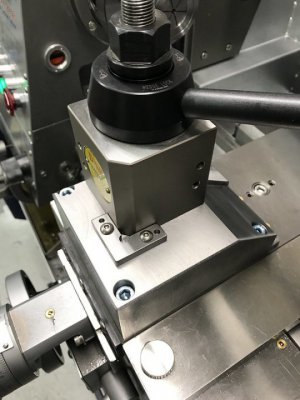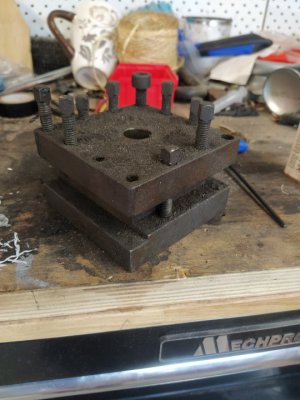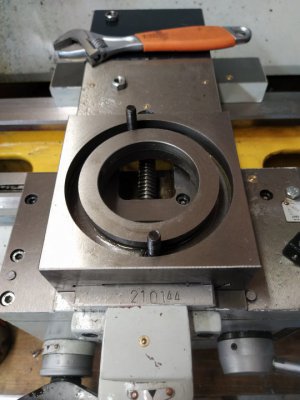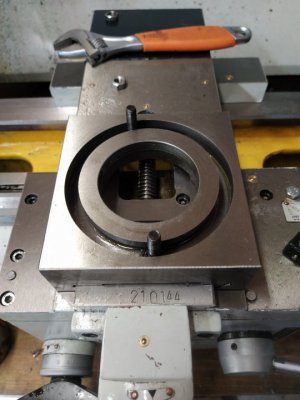- Joined
- Dec 20, 2012
- Messages
- 9,422
The solid plinth assumes you use carbide / insert holders with their geometry already facing correctly in the holder, if you are using HSS this is of less value since you will be swinging the head a lot. Am I correct?
You are absolutely almost correct. Having a plinth does not require you to fix the QCTP solidly; that is a choice, not a requirement. Fixing the QCTP rigidly to the plinth is usually done on DRO-equipped lathes and the tools are kept mounted in a tool holder. Each tool has a known offset and can be brought into use quickly with the DRO IF the QCTP is fixed.
In contrast, HSS tool users who know how to use their tip geometry will often change the lead angle of the tool so the QCTP must be able to move at need; fixing it makes no sense. In addition, because the tool geometry of an inserted carbide tool is intended to be used with the tool shank perpendicular to the work axis, folks think this is the only position the tool will work in. That is not true at all.
For example, if you use an insert with an AK chip breaker that is usually used on aluminum you will note that the edges are ground and that there is literally, or at least usually, no edge radius between the outside edge and the positive inner slope of the chip breaker on top. Such an insert, ideally with the smallest nose radius you can find, will cut really well with those edges and they will take a much finer cut that you can get using the nose radius. Moreover, by using the edges of this insert, the finishes are much better. You use a tiny bit of the nose radius and the edge behind the nose radius to do the cutting and you will be able to use it just like a HSS tool that is doing a shearing cut. This can be useful at times, especially when you're really close to the required finish diameter and the nose radius will not allow an adequate depth of cut.
I've been using inserts this way for decades and it works well for me when the situation calls for it. So for me, fixing the QCTP atop a plinth would make no sense even if I had a DRO, which I don't ... yet.





